
This post may contain affiliate links, which means that I may receive a commission if you make a purchase using these links, with NO additional cost to you.
Fall is here, bringing cooler air and the final harvests of the year. But it’s also a time to prepare your garden for next season. With some simple steps, you can ensure your soil remains fertile and ready to produce a bountiful harvest next year. Let's explore how to make the most of this beautiful season in your garden.
Understanding Fall Gardening
Fall gardening is more than just letting your garden rest. It's about nurturing the soil and preparing it for the next growing season. By taking care of your garden now, you’re setting yourself up for success in the coming year.
Why Focus on Soil Preparation?
Healthy soil is the foundation of a thriving garden. By enriching your soil in the fall, you ensure it has the nutrients it needs to support your plants. This is particularly important for farm wives and home gardeners who rely on their gardens for food security and sustainability.
Steps to Prepare Your Garden for Fall
1. Plant Cover Crops
Early fall is the perfect time to plant cover crops like clover, radishes, or rye. These crops help retain moisture and add essential nutrients to the soil. Plus, they prevent erosion and improve soil structure. Give these crops at least one month before the killing frost to establish themselves.
2. Grow Cold-Hardy Vegetables
Consider planting cold-hardy vegetables such as lettuce, spinach, and kale. These greens can withstand cooler temperatures and provide fresh produce even as the weather turns chilly. Just remember to plant them 1-2 months before the first frost. Then insulate them when the freezing weather comes. Snow works really well for this.
3. Conduct Soil Testing
Fall is an excellent time to test your soil. Knowing its nutrient levels allows you to make informed decisions about fertilization and amendments. This ensures your soil is well-prepared for spring planting.
4. Plant Bulbs
Once the soil temperature drops to 50-60 degrees, it’s time to plant garlic, onions, and flower bulbs. Wildflower mixes can also be sown after the first freeze. The freeze-thaw cycle helps these seeds germinate when the weather warms up.
5. Clean Up the Garden
After the first killing frost, remove any remaining plant supports like tomato cages or bean trellises. Lay any dead vines on the ground, but be sure to burn any diseased plants to prevent future issues.
6. Add Compost
Gather your family and start hauling compost to your garden beds. Aim for 1-2 inches of compost in traditional gardens and fill up raised beds. This will vary depending on your soil test. Using manure from horses, sheep, goats, cattle, or chickens is ideal, as it will continue to decompose over the winter, enriching the soil.
7. Mulch for Moisture and Weed Control
If you are using no-till methods, cover your compost with 4-6 inches of mulch. This helps retain moisture and suppress weeds, making your gardening tasks easier in the spring. It also checks one thing off your list for spring. Just move the mulch a bit and plant your plants.
Reflect and Plan for the Future
Take time to relax and reflect on your gardening season. Review any notes you made about what you planted, how much you harvested, and what you might want to change next year. Planning ahead can make a significant difference in your garden’s productivity and your peace of mind.
Gardening in the fall is an opportunity to invest in the future of your home garden. By following these steps, you’re not only improving your soil but also ensuring a more successful and sustainable gardening season next year.
If you want a community to plug into and glean more knowledge, join the FREE Thriving Through Farm Life Support Group on Facebook. We're here to help you thrive, one season at a time.
Remember, every small step you take now will lead to a bountiful harvest next year. You've got this!
Wanting a community to lean into? Join the FREE Thriving Through Farm Life: Wife’s Support Network! In our community, we embrace the challenges of farm life and provide a supportive space for wives facing the complexities of managing a family farm. Whether you're navigating financial pressures, day-to-day operations, or seeking ways to create a thriving home, we're here for you. Explore gardening and preserving tips for cultivating your own oasis, share insights on animal care, and discover practical family budgeting strategies. Together, let's grow through challenges, flourish authentically, and sow the seeds for a resilient and thriving farm life. Join us on this journey of resilience and abundance!
As I've grown in my journey as an entrepreneur, mom, gardener, and livestock owner, I struggled to find a planner that met my needs and kept me organized. So, I MADE MY OWN. You can look at it on the link below and buy it on amazon below.
Don't want the whole calendar part? I got you! I pulled the gardening and animal care pages out and put them in a book all their own.
Starting to garden doesn't have to be hard! I gathered all the tips I've learned over my gardening learning curve and made them into a simple course to jump start your gardening your life.
Supporting Your Family Naturally from the Inside Out community!! This community is for Mommas, looking to Support Your Family from Nature for Wellness. Tips range from nutrition, herbals, detoxing, natural cleaning, and essential oils. Basically, all the things I’ve learned slowly over the past 5+ years of my journey. We have moved off Facebook, to better serve our community and be able to discuss openly options for providing for your family in the best way possible.
Join the FREE Community
Join the FREE Community
I've had 3 very different pregnancies. After the first traumatic birth, I learned better and how to care for my body naturally and prevent common pregnancy and birth problems before they arise. This quick course will get you the tools you need to have a naturally healthy pregnancy, labor, and delivery. My first pregnancy I had a normal western medicine all the things pregnancy. My second? I flipped to completely natural, no medicine. Bonus: Preventing Preeclampsia Without the Aspirin & Healing from Birth Trauma

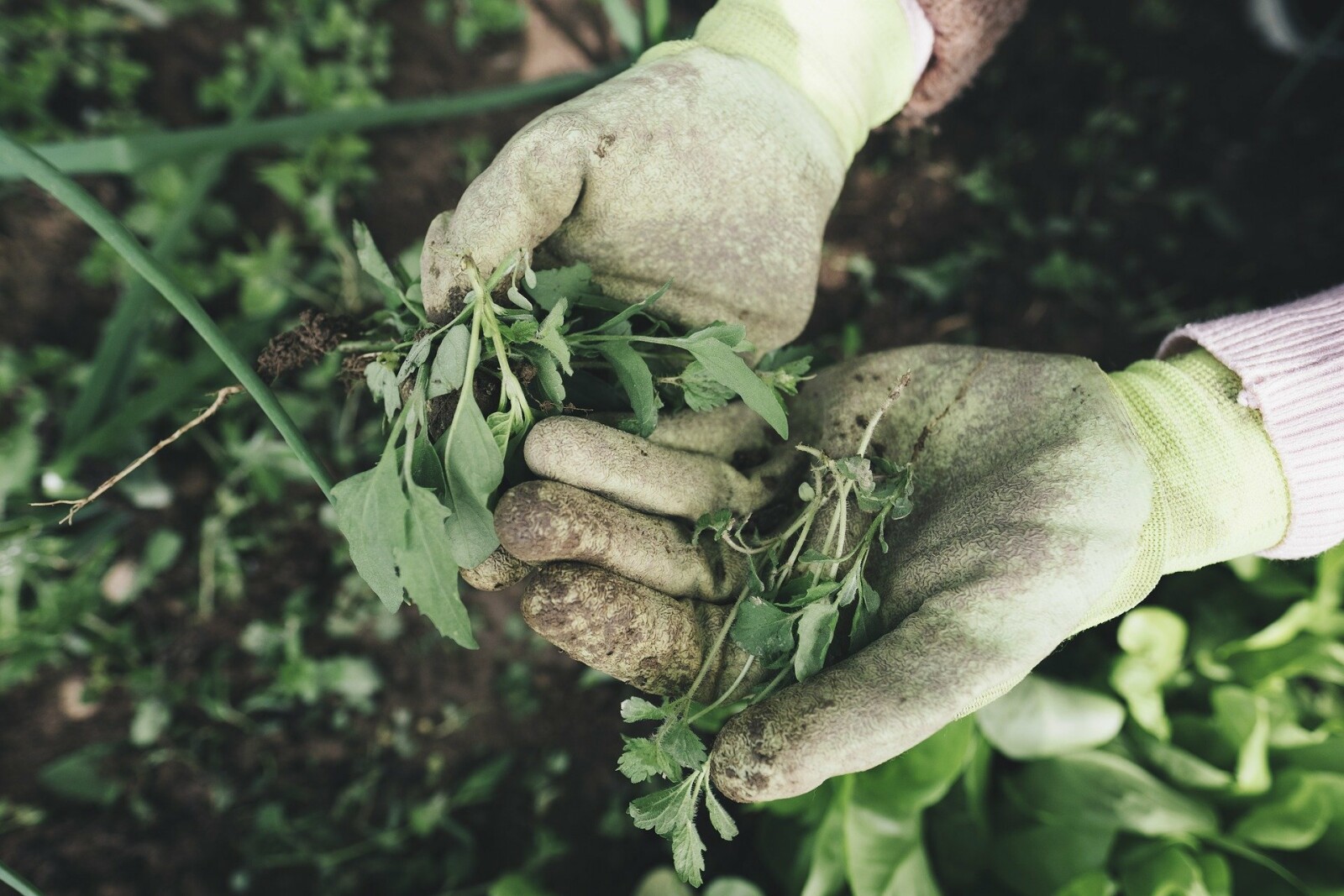




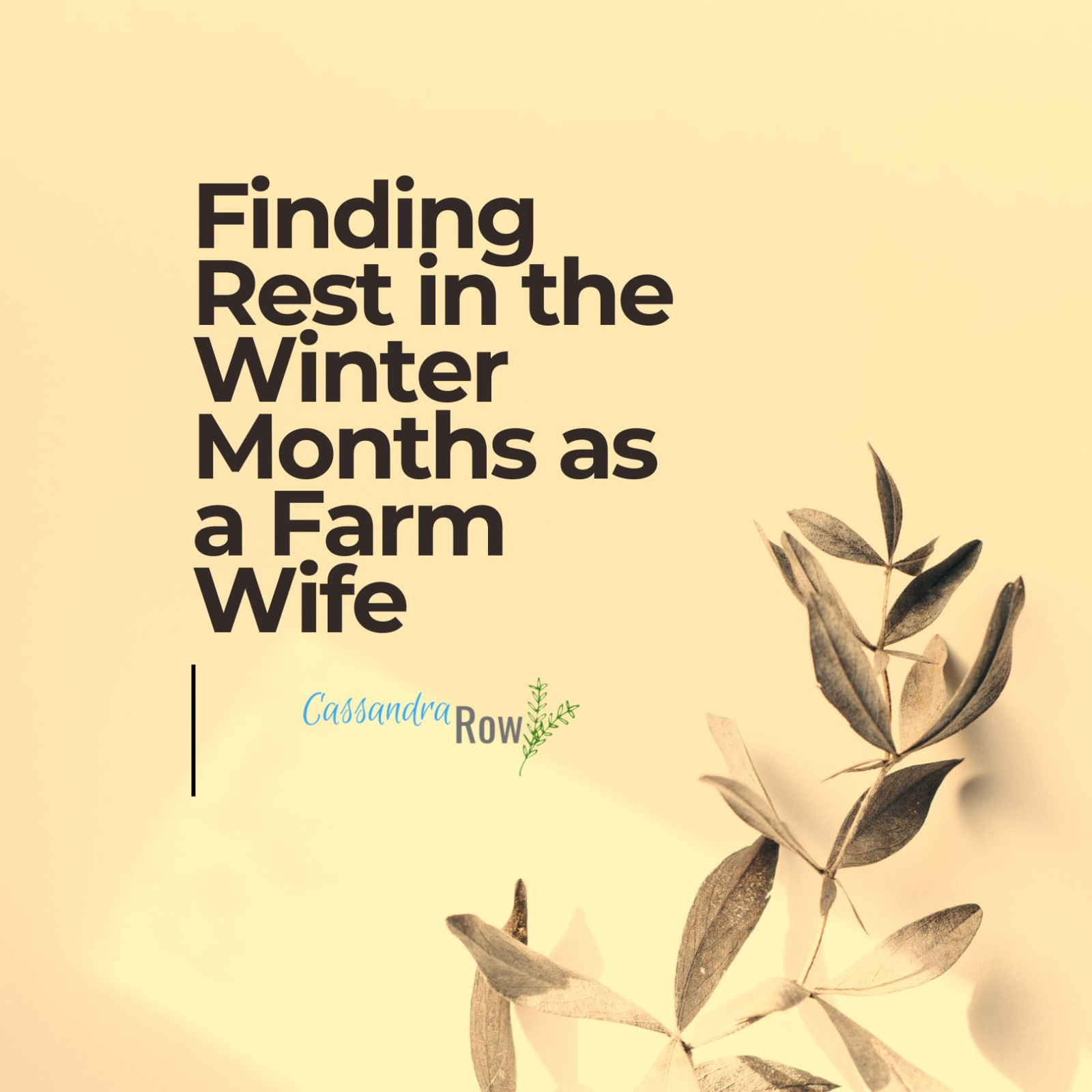
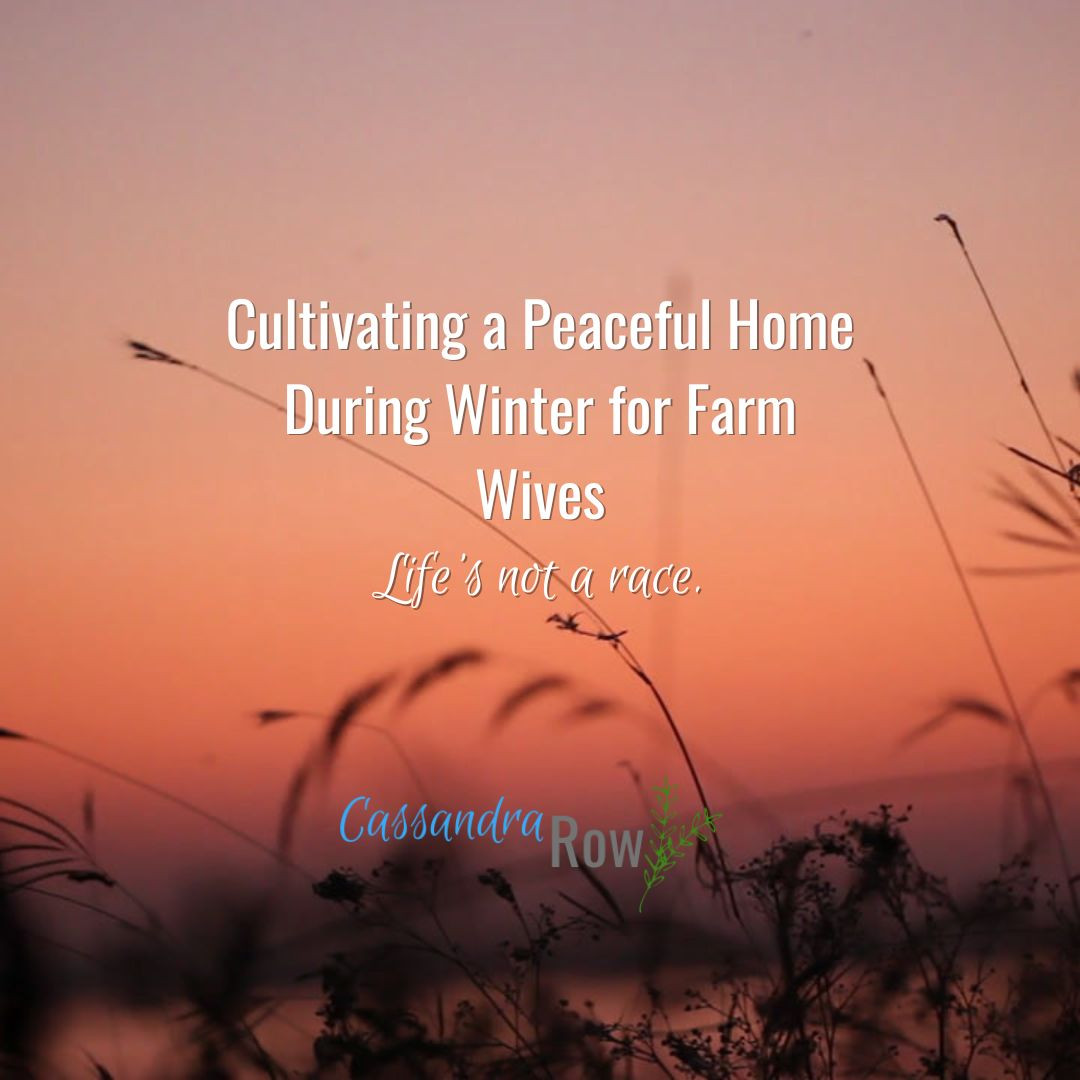


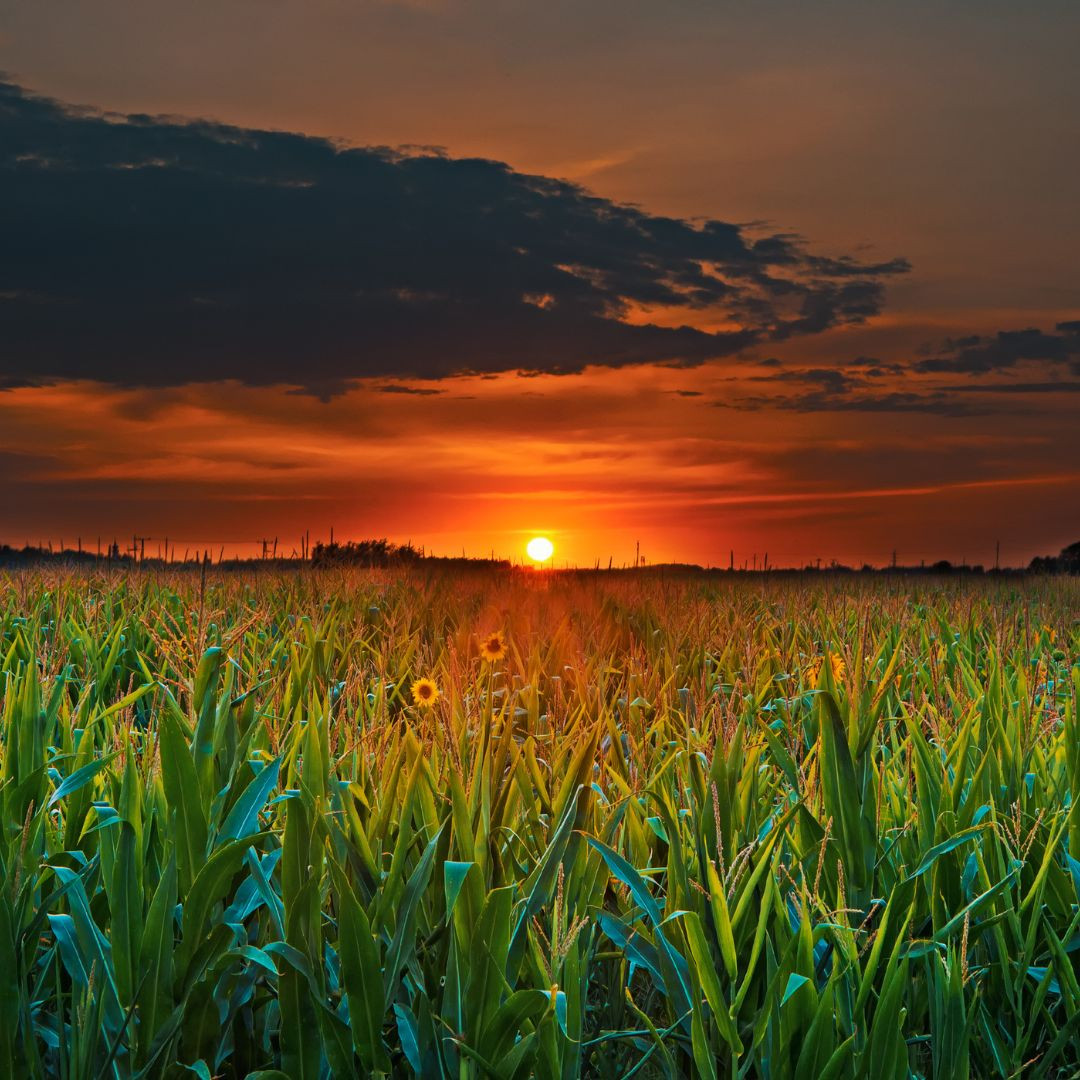

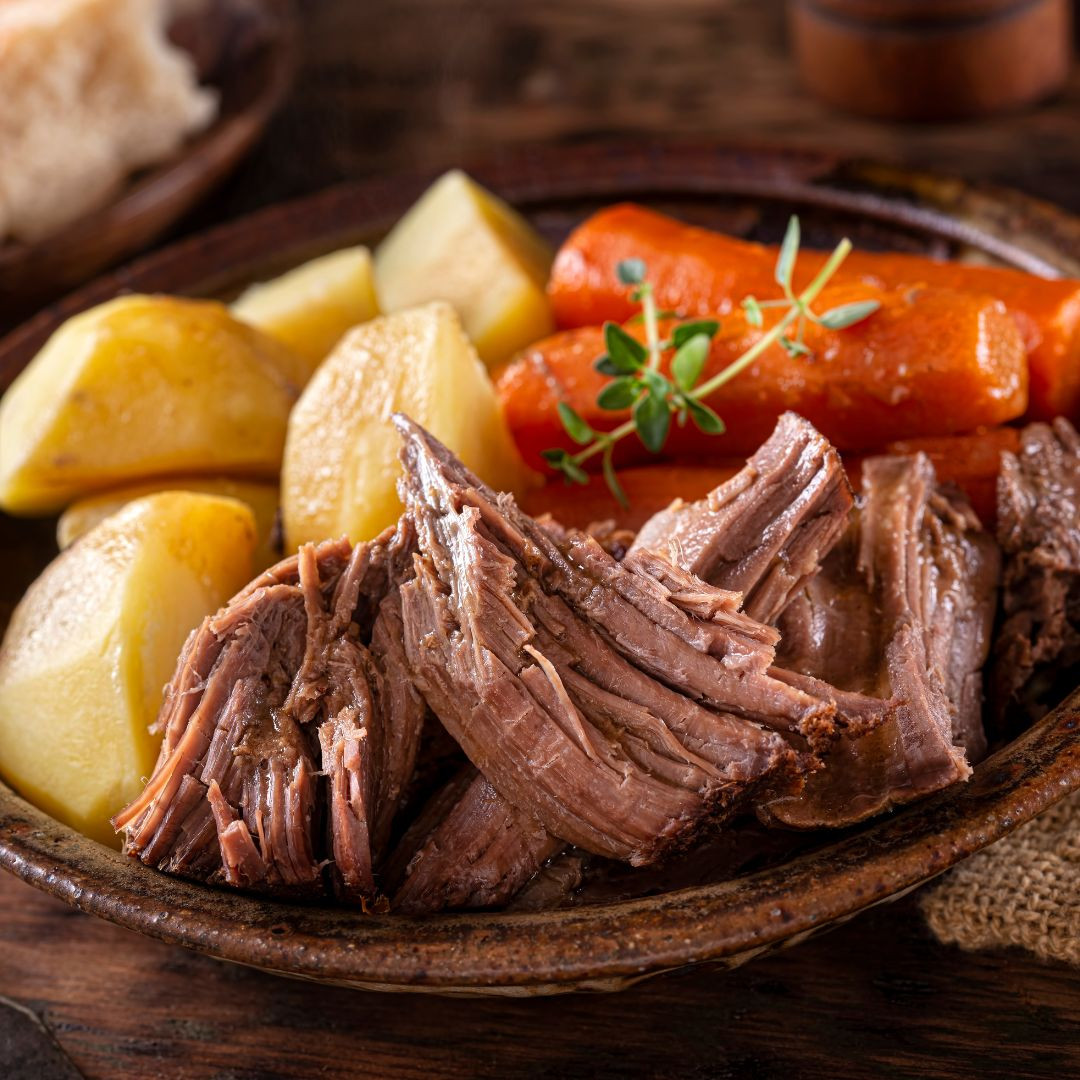
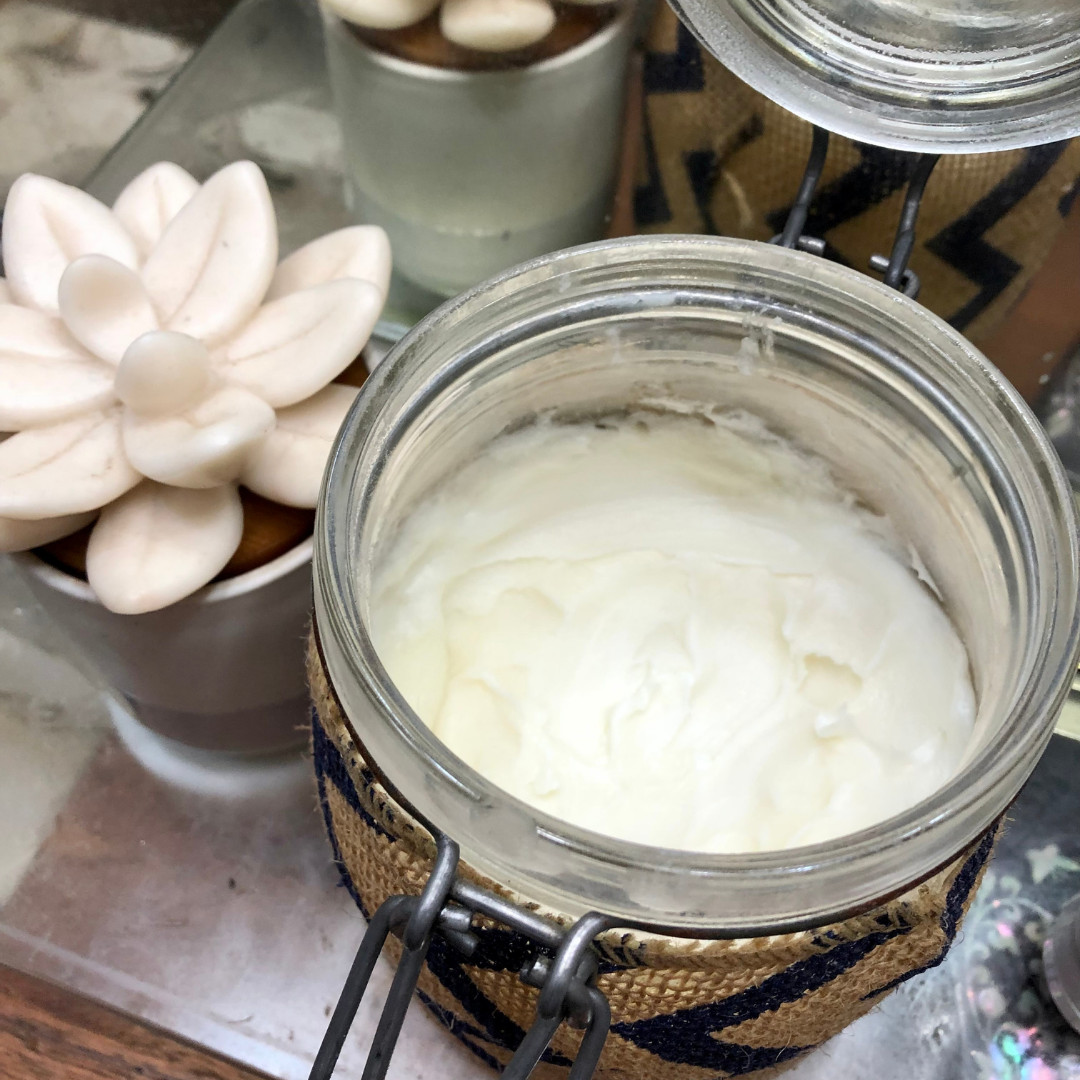

0 Comments